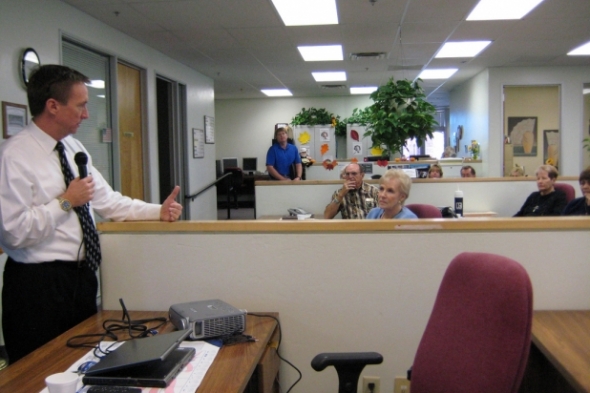Suicide Prevention: Talk About It at Work
Suicide prevention IS a workplace issue, and leaders can create an environment where individuals are more likely to reach out for the help they need.|

Suicide prevention IS a workplace issue, and leaders can create an environment where individuals are more likely to reach out for the help they need.|

Get Involved
Our authors are what set Insurance Thought Leadership apart.
|
Partner with us
We’d love to talk to you about how we can improve your marketing ROI.
|

As senior vice president and customer and product strategy officer, Paul is responsible for organizing, directing and executing ValueOptions’ product development and market growth strategies supporting sales, new market entry and development, client retention and product innovation and enhancements that support enterprise performance.